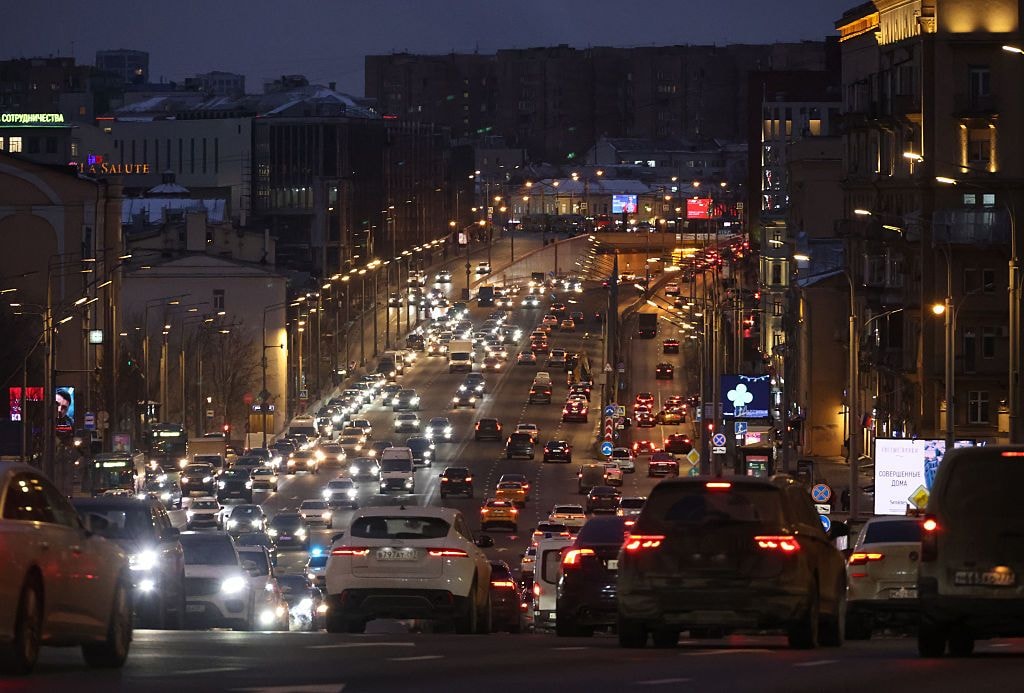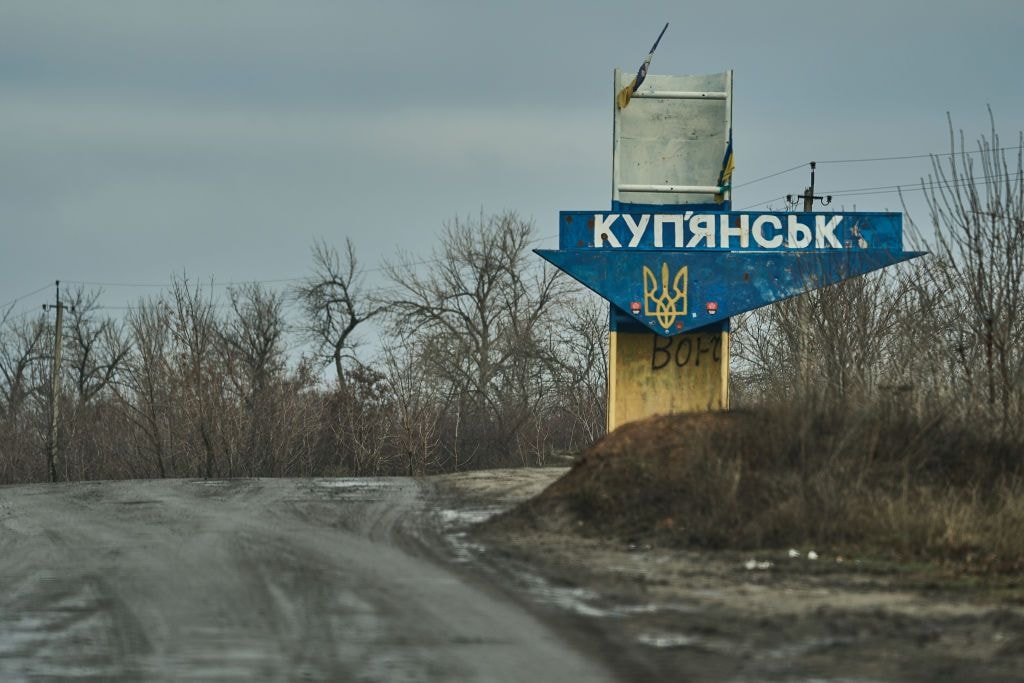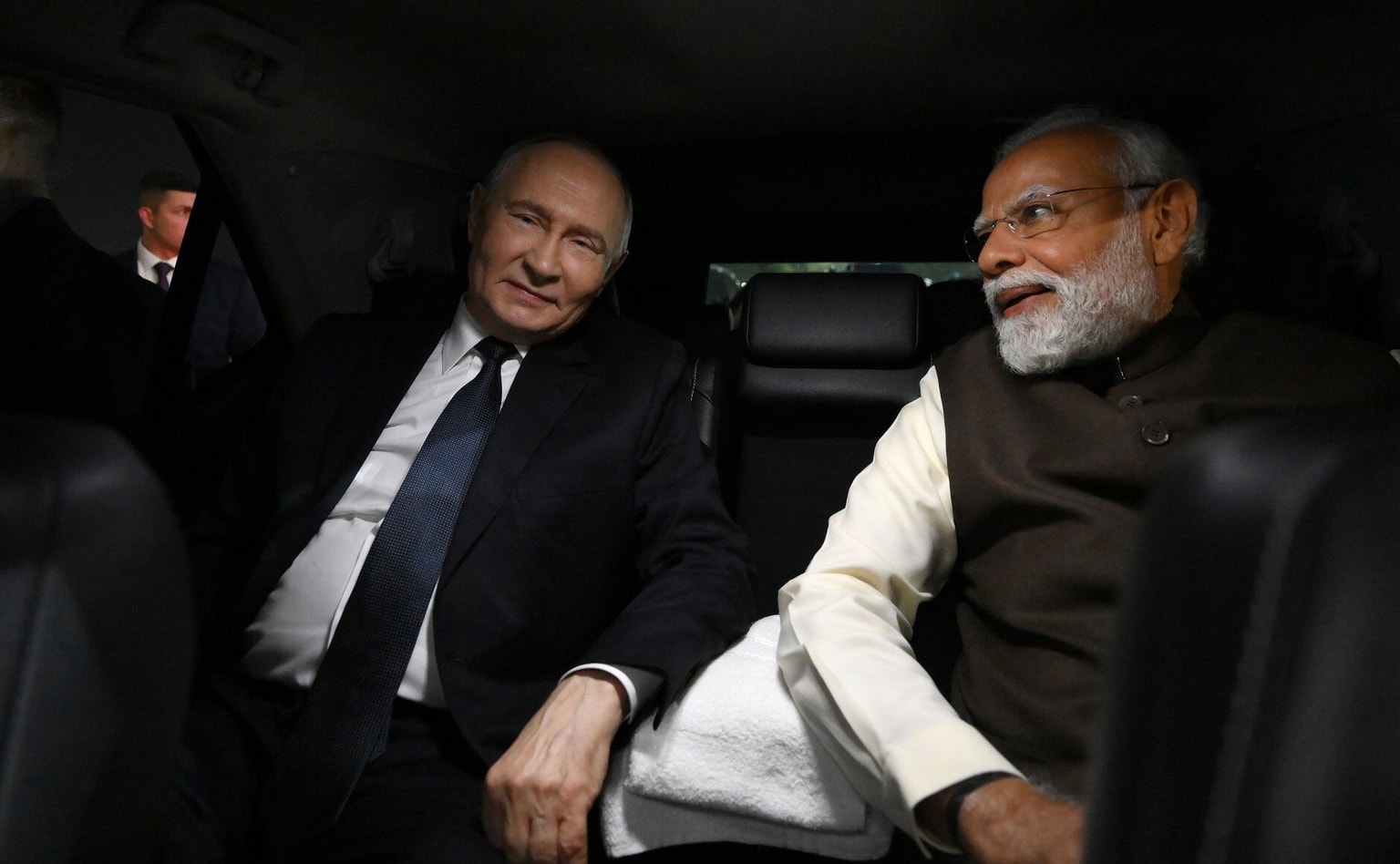Ukraine Business Roundup — Issue 2

The following is the second edition of our new Ukraine Business Roundup weekly newsletter. To get the biggest news in business and tech from Ukraine directly in your inbox, subscribe here.
All is (not) quiet on the western front
Ukraine’s grain exports are getting it from all sides.
In plain defiance of the EU, Ukraine’s western neighbors Poland, Hungary, and Slovakia imposed their own restrictions on Ukrainian imports, despite the European Commission’s Sept. 15 decision to lift an embargo on the domestic sale of Ukrainian agricultural products in five countries.
Hungary went even further, expanding the embargo to include 24 Ukrainian agricultural products, including vegetables, some meat products, and honey. Poland is also mulling over plans to prohibit more Ukrainian food goods.
The new measures are “likely to protract Ukraine’s already troubled exports, inflaming tensions between Kyiv and its neighbors in the meantime,” contributing writer Dominic Culverwell wrote in the Kyiv Independent.
And things do appear to be heating up. Even before the embargo was lifted, Ukrainian officials said they would be challenging the three countries’ decision in the World Trade Organization. Late on Sept. 18, Ukraine’s Economy Minister announced that Kyiv had officially filed a complaint with the trade organization.
What does this all mean for Ukraine’s already-troubled grain exports? Agriculture Minister Mykola Solsky told the Kyiv Independent that grain transit has slowed down by three to four times since May (when the ban was first put in place) with only 183 trucks passing through Poland daily in August 2023, compared to 584 in November 2022.
“Our export volumes are decreasing due to complicated logistics routes. Certainly, (the ban) affected the overall monthly figure of our exports in all ways. To compare, in September and October 2022, we exported 6.9 million tons of agricultural products, but in August 2023, we exported only 3.7 million tons,” Solsky said.
It’s still unclear what’s next in this grain war. Many suspect that Poland’s ruling Law and Justice Party has extended the ban to appease rural voters ahead of next month’s elections after farmers complained the influx of Ukrainian agricultural products had driven prices down — a claim Kyiv has rejected.
Needless to say, cracks in Polish-Ukrainian relations, said to have never been stronger following Russia’s full-scale invasion, along with EU countries openly rebelling against the union’s trade policies, are a worrying development.

Grain corridor testing
There is a small glimmer of hope for Ukrainian grain in the news today. On Sept. 19, a cargo vessel carrying grain left Ukraine’s Black Sea port of Chornomorsk for the first time since Russia pulled out of the Black Sea Grain Initiative in July.
"The vessel Resilient Africa, carrying 3,000 tons of wheat, has left the port of Chornomorsk and is heading towards the Bosphorus," Deputy Prime Minister and Infrastructure Minister Oleksandr Kubrakov said in a post on Facebook.
"This is the first of two vessels that entered Chornomorsk last week through a temporary corridor for civilian vessels established by the Ukrainian Navy," he wrote.
Kyiv announced a “humanitarian corridor” in August to try to free ships trapped in its Black Sea ports since the start of Russia’s full-scale invasion in February 2022 and to reopen shipping lanes after Russia pulled out of the Black Sea Grain Initiative.
The Aroya, the much bigger of the two vessels with a capacity of around 20,000 tons, is still moored in Chornomorsk and is currently being loaded with wheat for Egypt, Kubrakov said.
Andrey Sizov, managing editor of the Sizov Report on the Black Sea, told the Kyiv Independent in a comment for this newsletter that while the vessels leaving the ports appear to be a win Kyiv, at some point, Moscow will have to react “to show everyone that it is still a force to be reckoned with in the Black Sea.”
In other words, we may see further Russian attacks on Ukraine’s Odesa terminals if more vessels come and go from Ukraine’s Black Sea ports.
But even if the two vessels successfully reach their destinations, Sizov says we shouldn’t expect a lot more ships to start making the trip to Ukraine’s Odesa terminals, adding that the “humanitarian corridor” will be hard to scale up.

Robots on the battlefield
Ukraine’s tech and defense industries, innovators in the world’s “first drone war,” are grounding their operations.
That is, they're setting their sights on unmanned ground vehicles, or UGVs. Unlike their aerial counterpart, now ubiquitous and indispensable tools of war for both sides, unmanned ground vehicles have yet to become an integral part of combat operations in the war, Kyiv Independent reporter Asami Terajima writes.
While the West has provided some of the remote-controlled cars to Ukraine for evacuations and infantry fire support, the amount isn’t nearly enough to make a noticeable difference, Terajima reports.
Ukraine’s innovators, inventors, and investors want to change this. Ukraine’s Digital Transformation Ministry is playing a big role in innovations by supporting defense tech projects through the Brave1 platform it co-founded.
So far, Brave1 has funded 45 defense tech projects worth $785,000 since April, with another 16 projects worth $340,000 in the contract-signing stage. In August alone, the platform supported 15 projects worth $225,000.
Ukraine's Defense Ministry also had a meeting with Armed Forces representatives and other ministries titled "Ground Robotic Systems" at the end of June as part of an effort to develop and integrate ground-based robotic systems into military operations.
The hope is that UGVs will be the next successful example of military tech innovations after drones. Digital Transformation Minister Mykhailo Fedorov told the Kyiv Independent that after the ministry launched a fast track system to speed up the approval process of new designs, 62 models of drones are now used on the front lines — a major jump from just seven in February.

Ukraine’s new friend
U.S. President Joe Biden on Sept. 14 announced the creation of a brand new role — U.S. Special Representative for Ukraine’s Economic Recovery — choosing billionaire philanthropist Penny Pritzker, whose family has deep roots in Ukraine, for the job.
Pritzker has her work cut out for her. According to Biden, her task will be to support Kyiv in making the reforms needed to strengthen Ukraine's economy, align the priorities of international donors with Ukraine’s funding needs, and mobilize the U.S. private sector to invest in Ukraine, Kyiv Independent reporter Elsa Court writes in a profile of the new representative.
As part of her new role, Pritzker will also be responsible for supporting the re-opening of businesses shut down by Russian attacks, and helping Ukraine grow its exports — crucial for the country’s struggling economy.
Tackling that formidable to-do list is a challenge “few would envy,” Dr. Alpaslan Ozerdem, dean at the Carter School for Peace and Conflict Resolution and expert on post-conflict reconstruction, told the Kyiv Independent. "She will need to connect many dots to build sustainable momentum in the economic recovery of Ukraine both before and after the war's end," Ozerdem said.
The American president and experts seem confident that Pritzker’s experience both as commerce secretary under President Barack Obama and as a philanthropist will serve her well. But it’s not just about getting businesses and donors on board with Ukraine’s recovery — Pritzker will also have to build a political base in the U.S. for support beyond emergency assistance to Ukraine. Elections in the U.S. will undoubtedly play a role in her success in doing so.
We’ll be keeping an eye out for now-Special Representative Pritzker as she reportedly plans to travel to Ukraine in the coming weeks to meet with the country's political and business leaders.

Open for business
A new survey published on Sept. 19 by the American Chamber of Commerce (AmCham) in Ukraine and Citi Ukraine found that 84% of AmCham member companies are fully operational after a year and a half of Russia’s full-scale war in Ukraine.
AmCham’s members include more than 600 of the biggest U.S. and international investors operating in Ukraine, as well as major Ukrainian companies.
Despite the optimistic outlook, more than 90% of respondents said that the number one challenge facing their business is the safety and security of their staff.
Other challenges include Russia’s continued missile attacks on vital infrastructure and business assets, employee’s health and mental well-being, the economic and consumer recession, and access to electricity, water, mobile network, or heat supply.
Attracting foreign direct investment to the country will require not only Ukraine’s victory in the war, but country-wide reconstruction projects, EU accession, public-private partnerships, and security guarantees for investments, the companies said.
They also listed areas where they see opportunities: security and defense, infrastructure and construction, agriculture, IT and technologies, energy and renewables, and high-tech production.
Overall, the companies are feeling good about the future, with 78% of respondents saying they are “quite confident about Ukraine’s economic recovery next year.”
“Ukraine is open for business, and we are getting this message across globally, as Ukraine creates opportunities that no ambitious investors should miss,” Andy Hunder, president of the American Chamber of Commerce in Ukraine, said in a press release.
What else is happening
The European Bank of Reconstruction and Development expects to invest €1.5 billion ($1.6 billion) into Ukraine annually for the coming two years. The figure could increase "if reconstruction really started to accelerate," EBRD President Odile Renaud-Basso said at an event at Chatham House in London.
Gas reserves in Ukrainian storage reached 14.7 million cubic meters, Naftogaz CEO Oleksiy Chernyshov announced on Twitter. “We have achieved the highest drilling pace in recent years and, ahead of schedule, met the plan for gas accumulation before the heating season,” he wrote. In 2023, Ukraine has so far launched 54 new wells, increasing its daily gas production to an average of 52.7 million cubic meters, according to the CEO.
At least $14.3 million worth of coal produced in Russian-occupied areas of Ukraine has been exported to NATO member Turkey this year. Between February and July 2023, about 160,400 tonnes of coal from Russian-occupied Donetsk and Luhansk arrived in Turkey, Reuters reported, citing Russian customs data.
Poland wants to add Russian diamonds and LPG to new European sanctions list. In a proposal seen by Reuters, Poland said the sale of diamonds brought the Russian budget $4.5 billion in 2021 and is calling for individual sanctions on the Russian Alrosa diamond company.
Russia has spent $167 billion on its full-scale invasion of Ukraine. Forbes Ukraine reported, citing data of the General Staff of Ukraine’s Armed Forces, that Ukraine has destroyed around $34 billion worth of Russian equipment as of Aug. 24.









